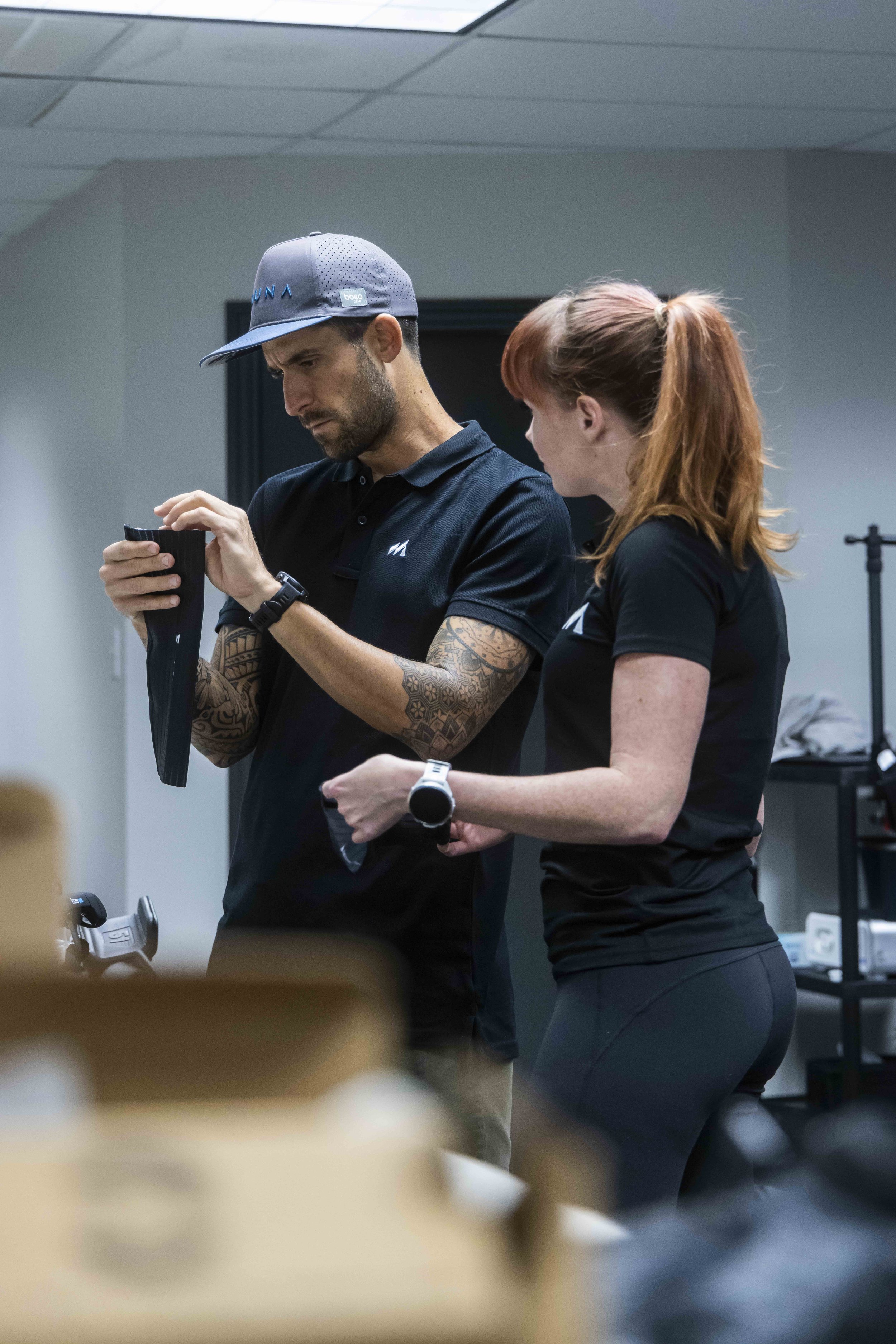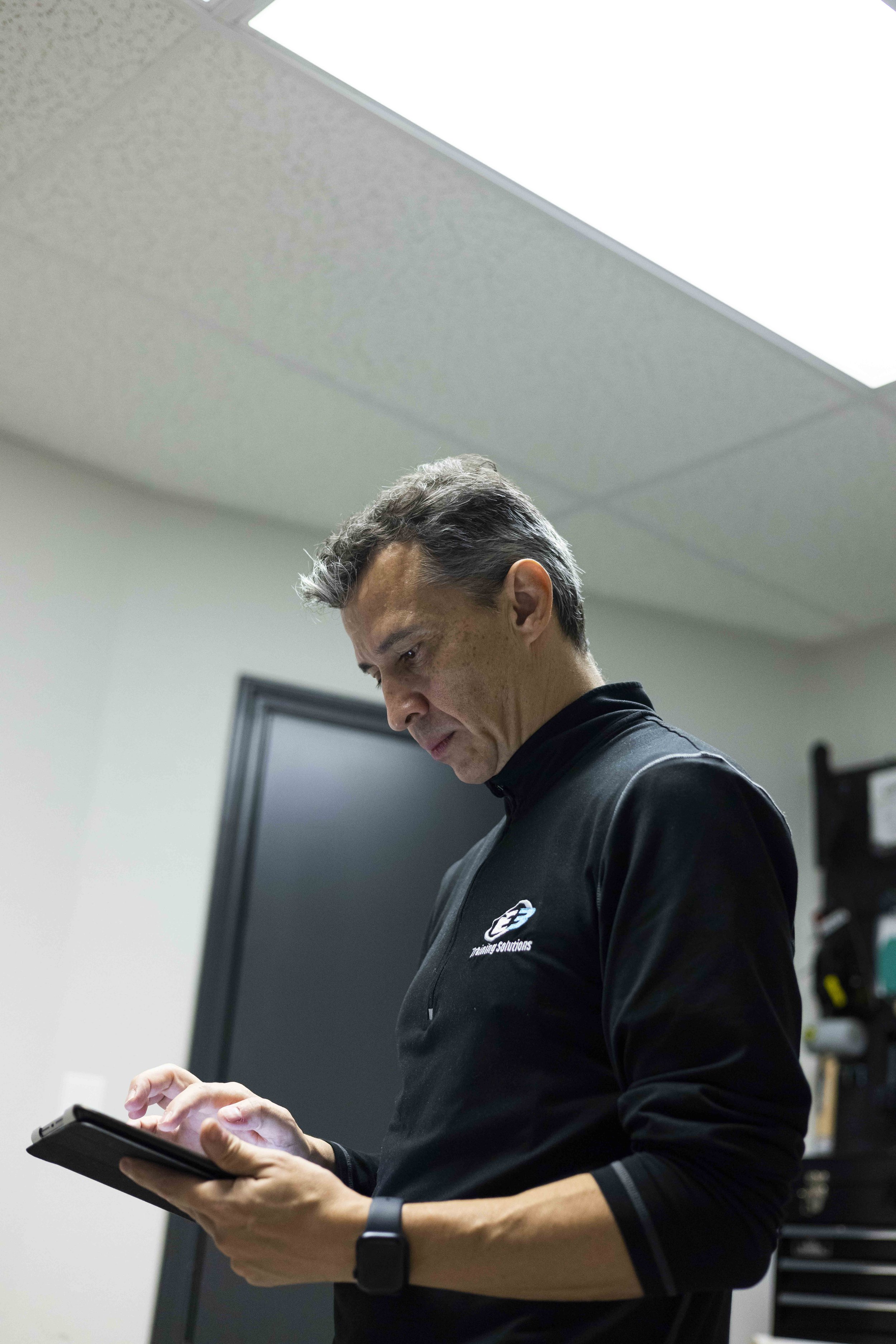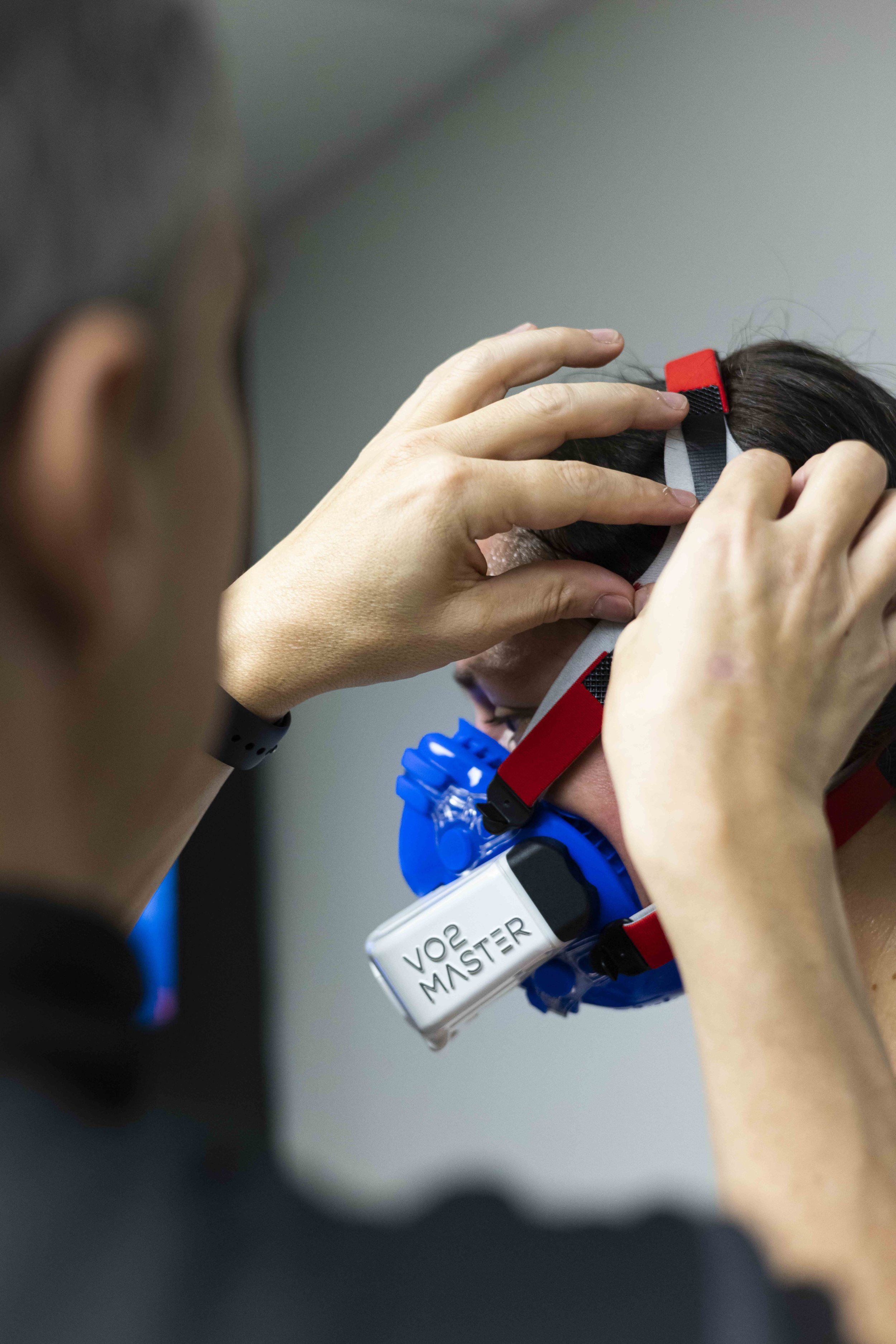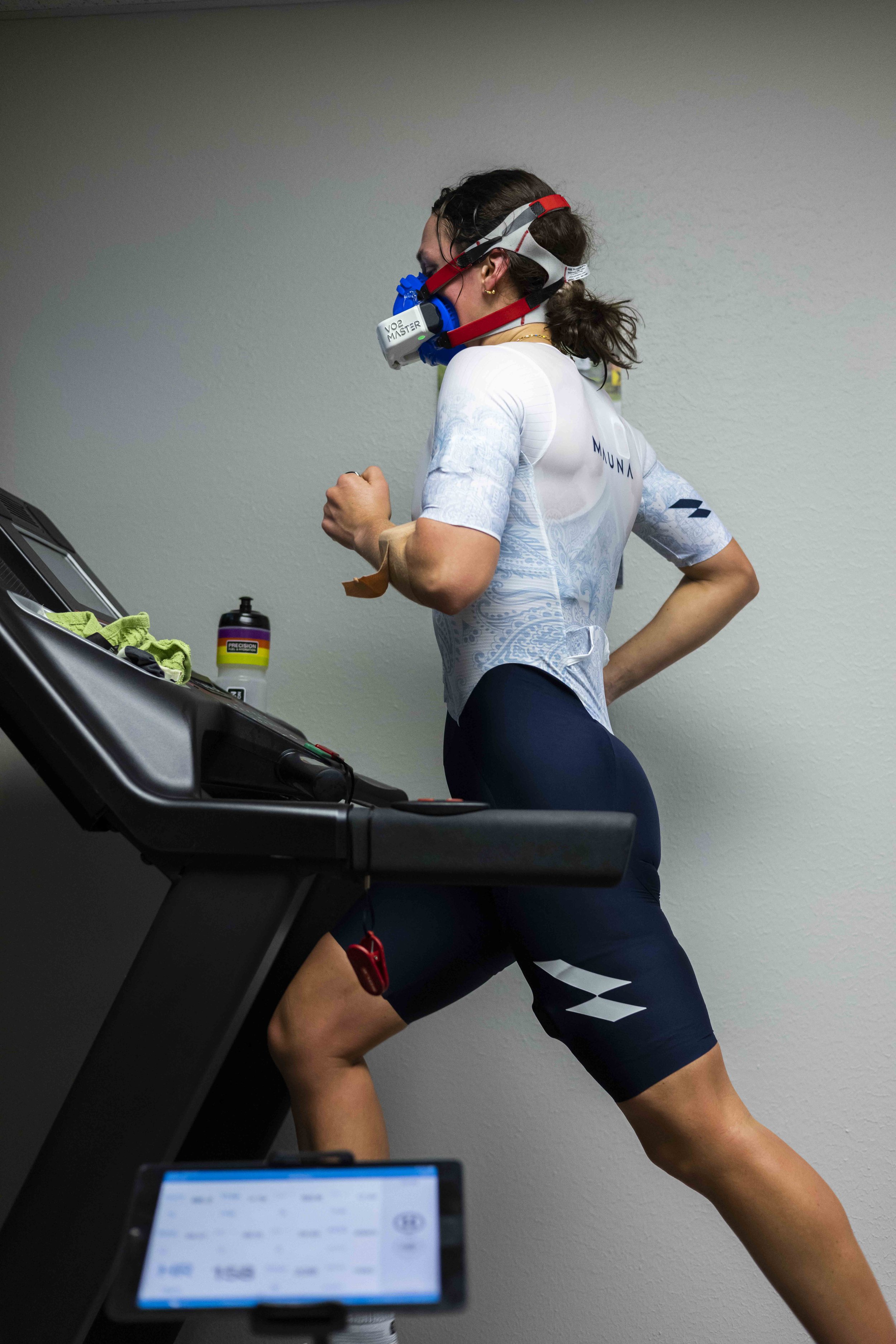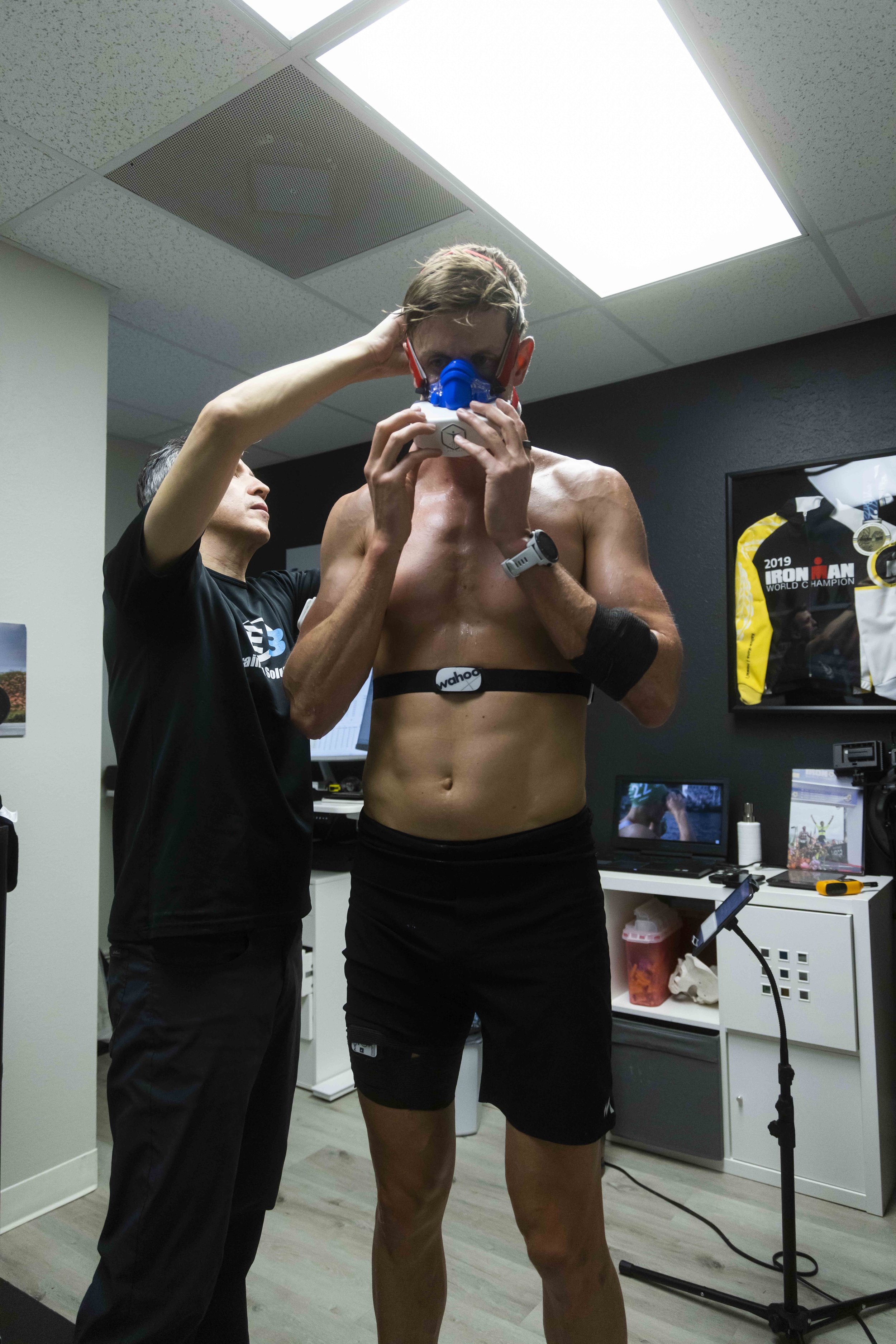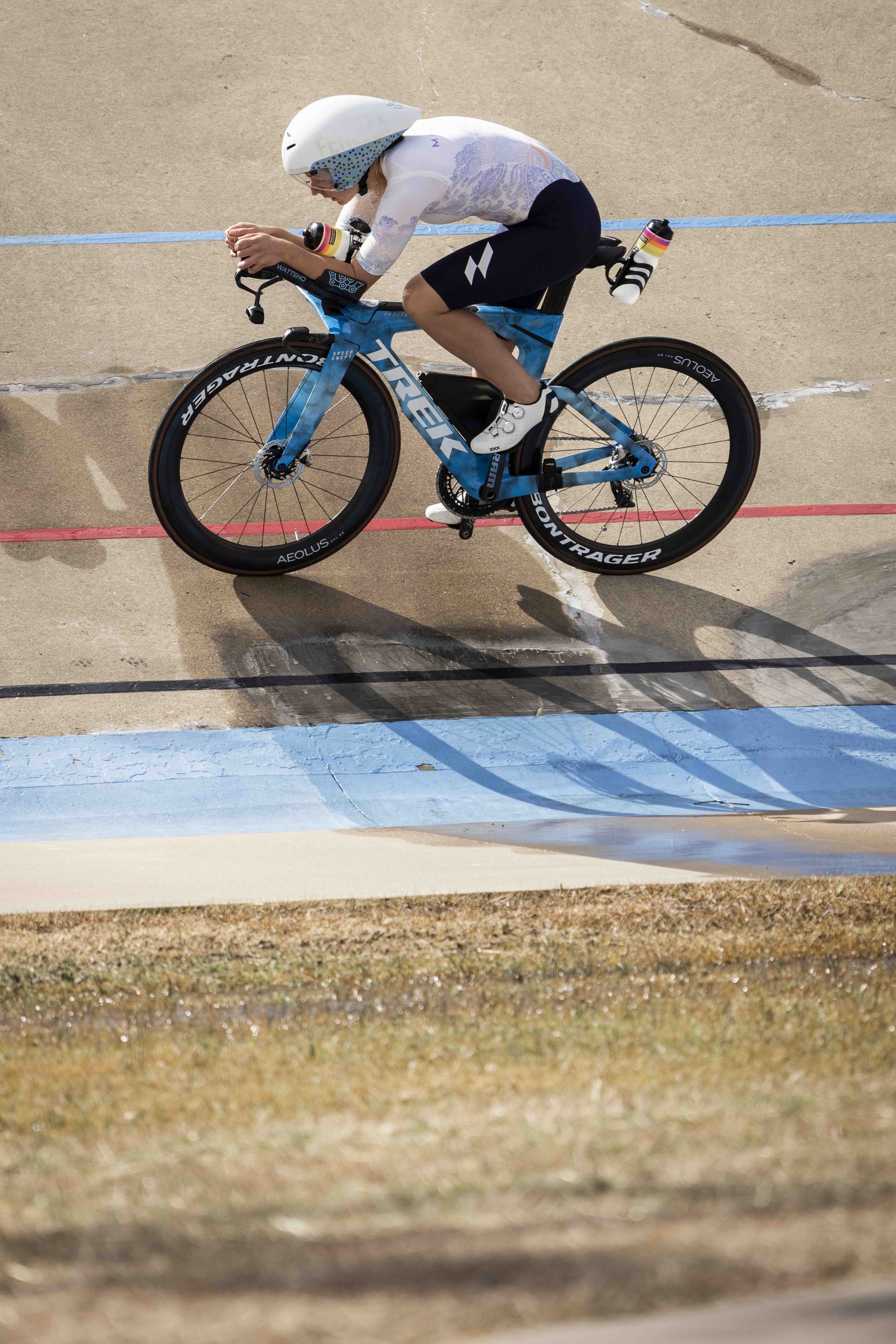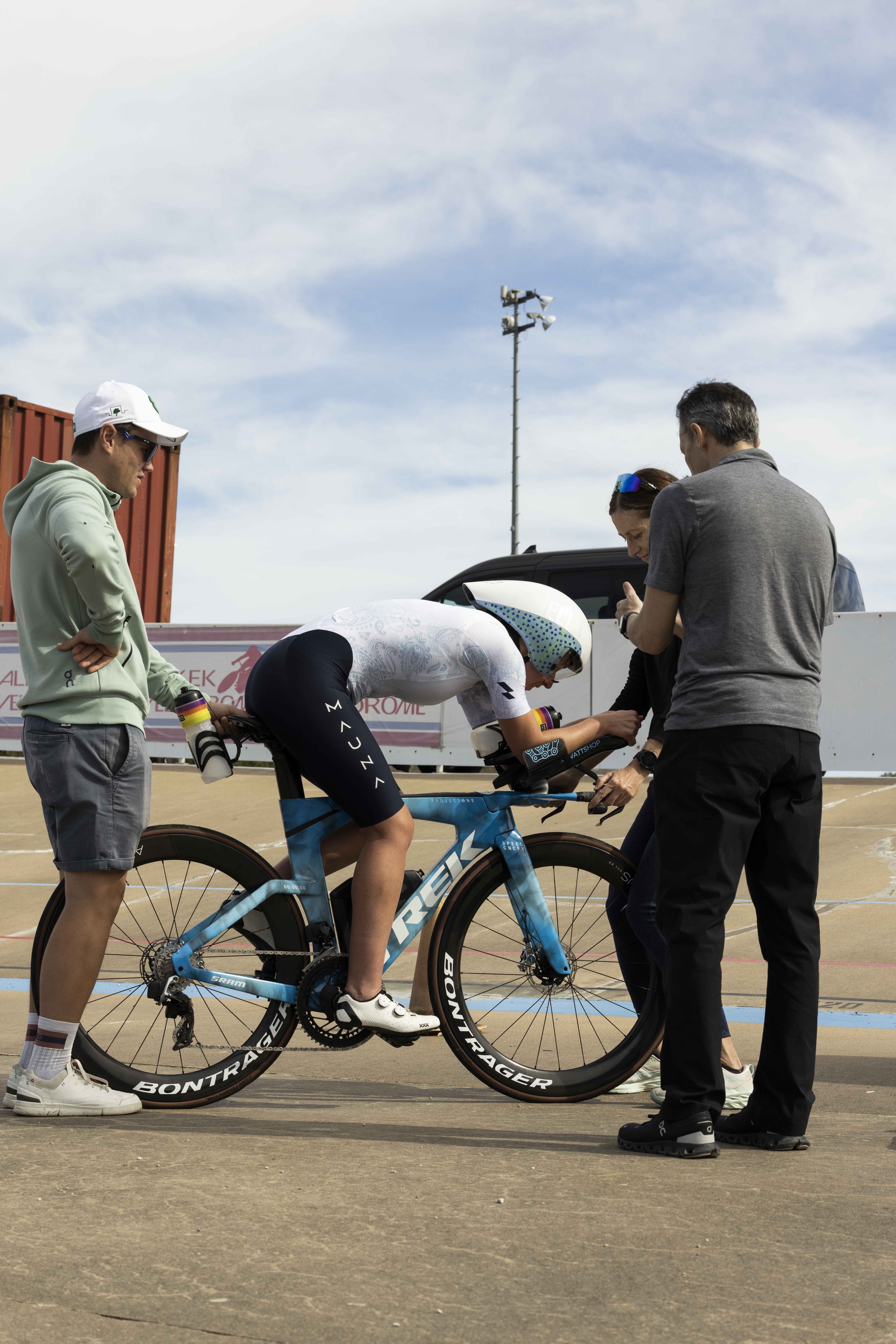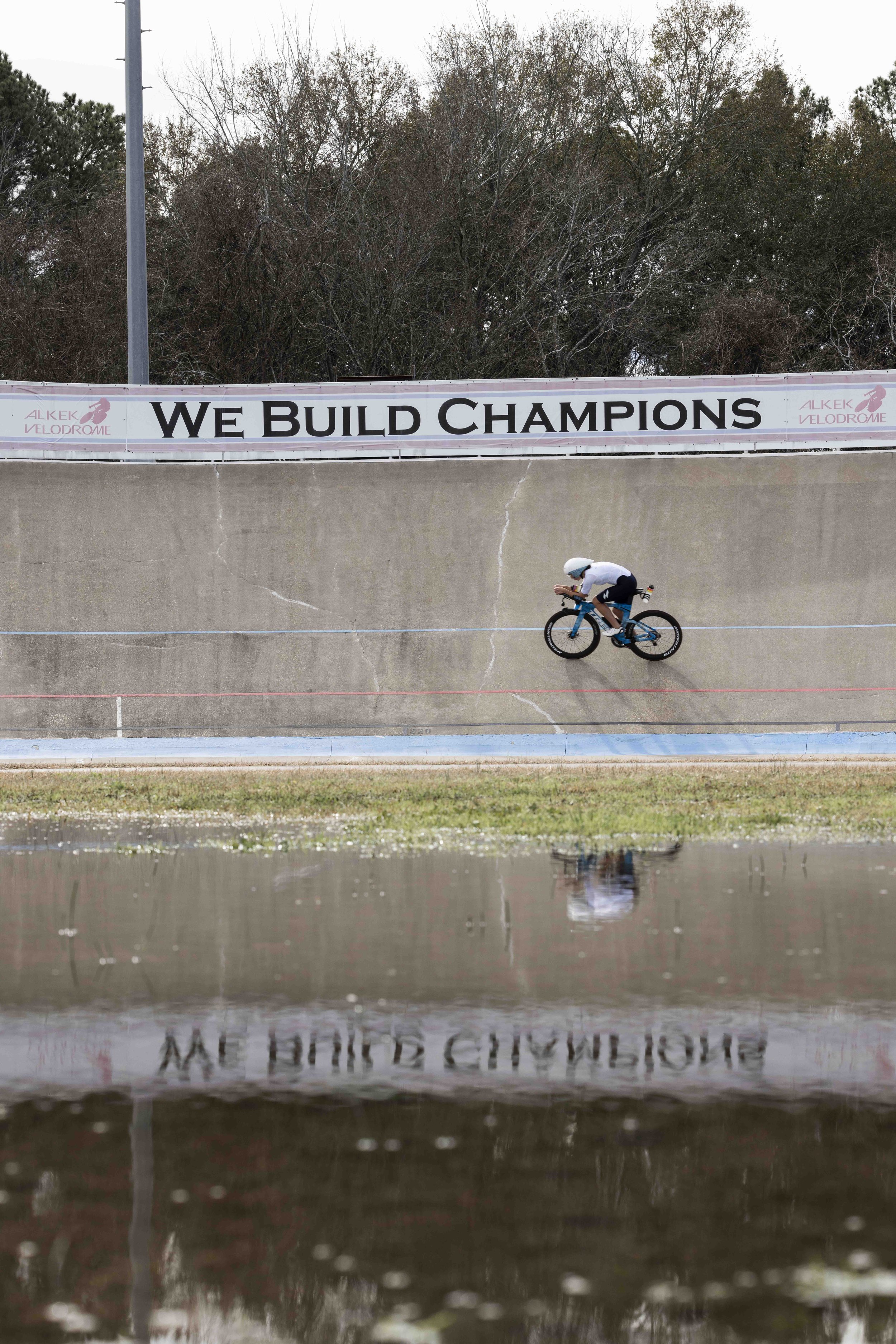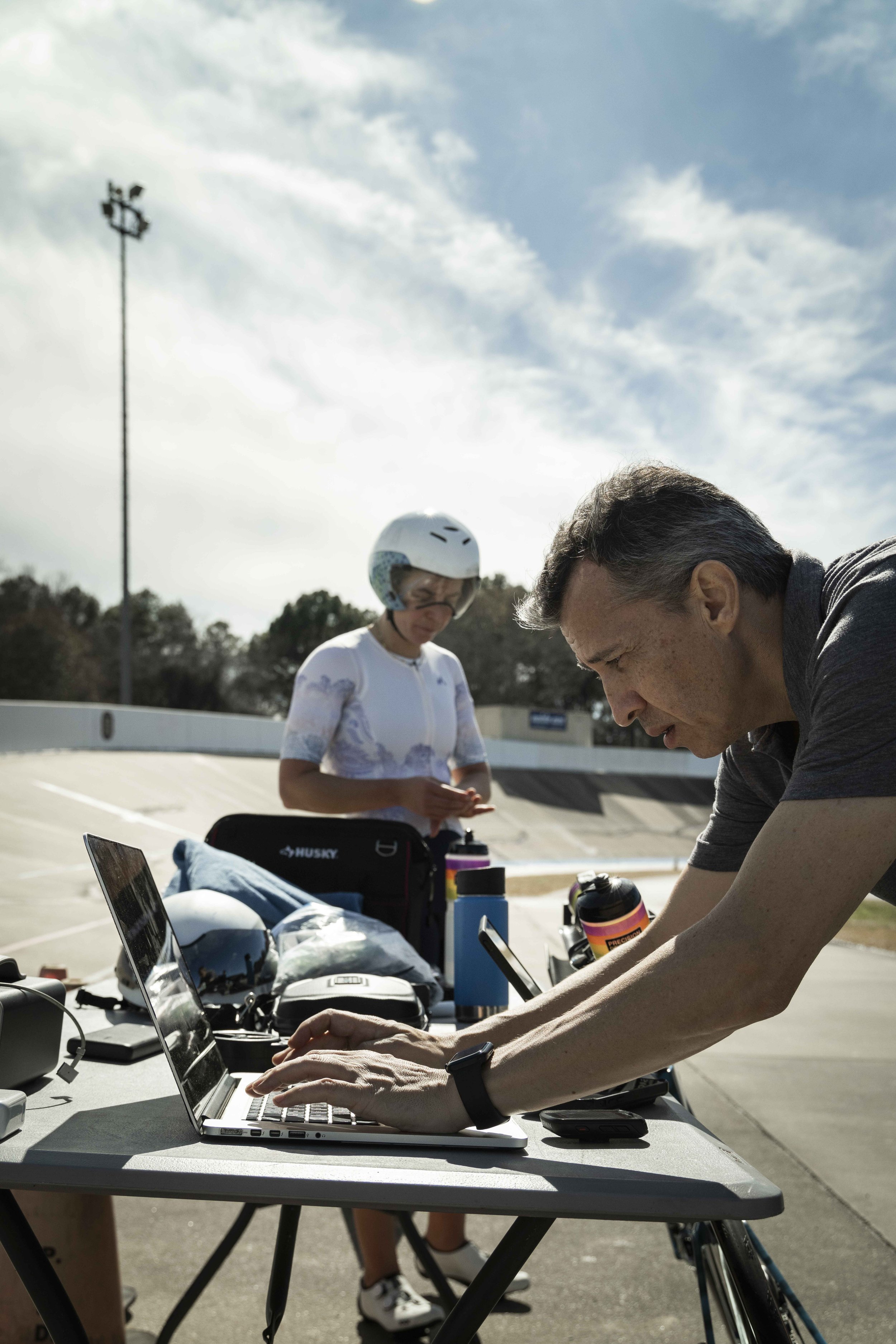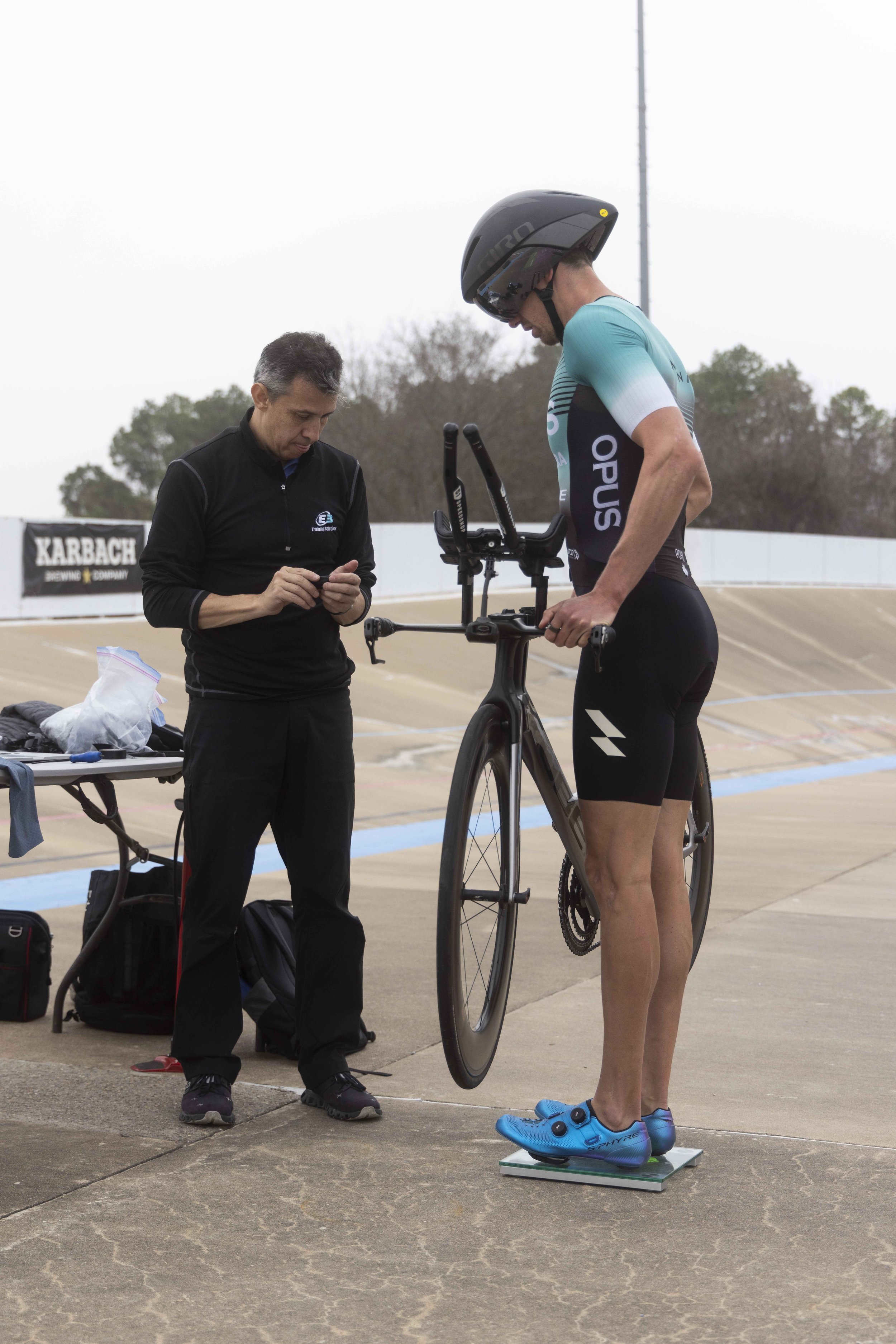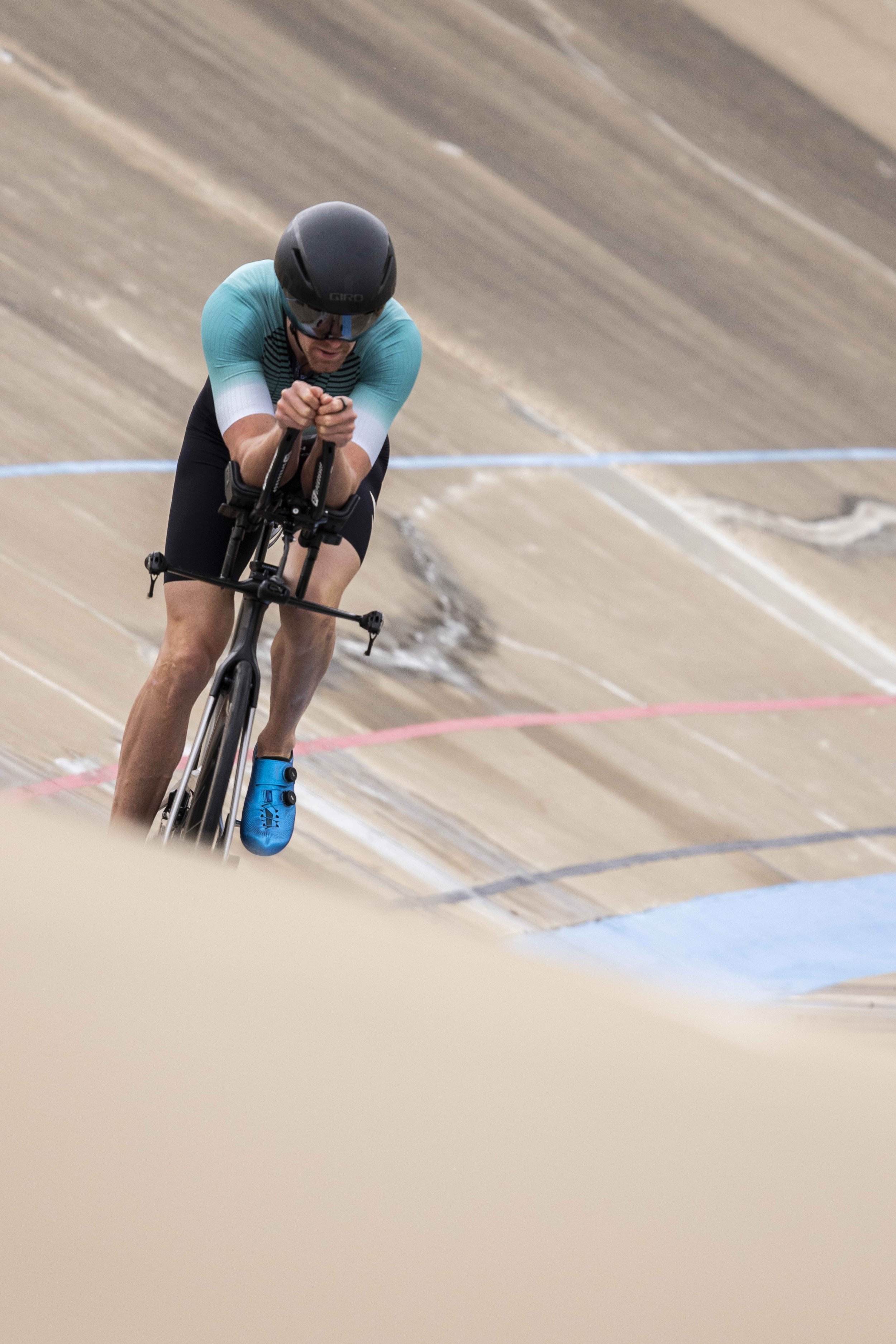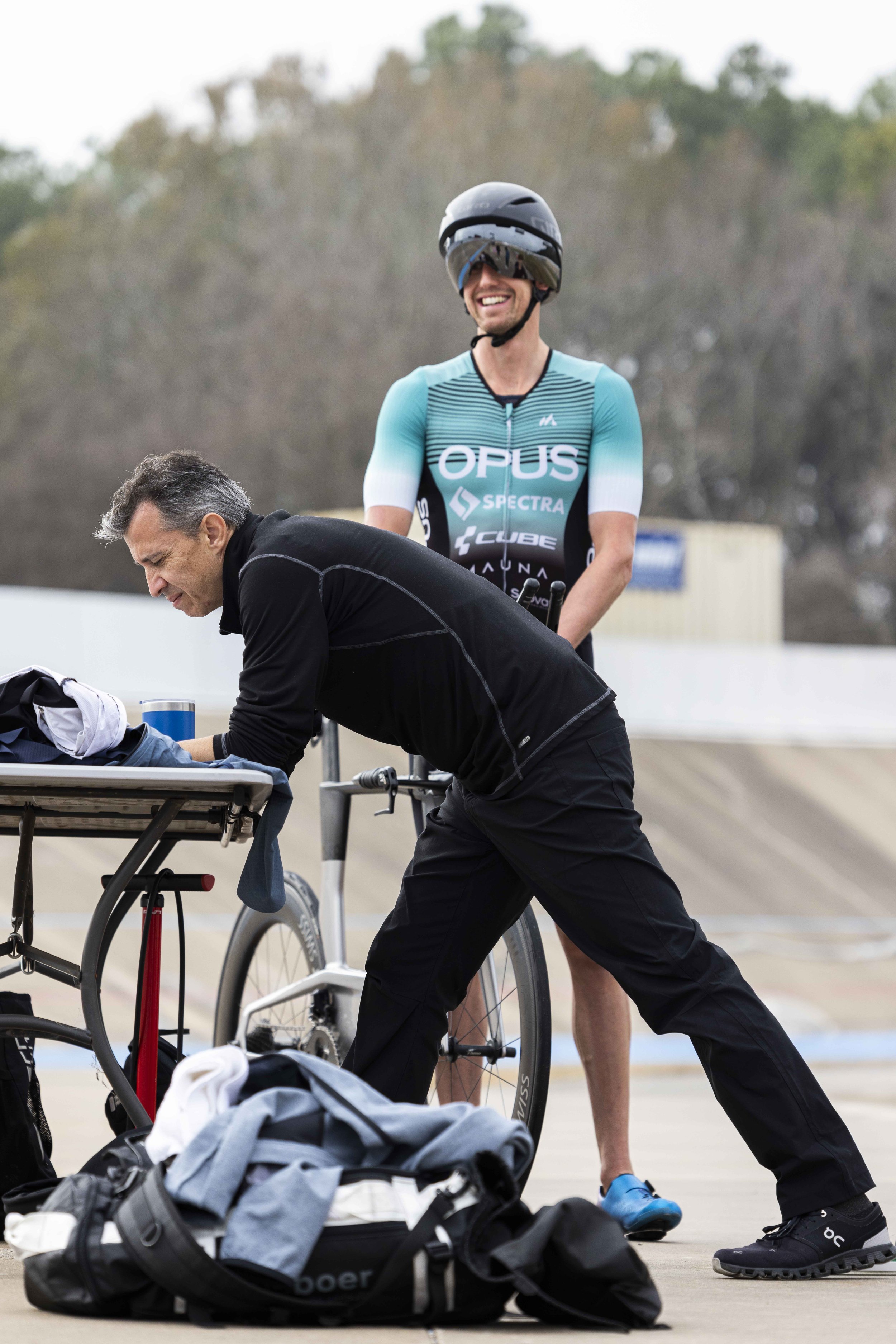Mauna Apparel Testing protocol
About three years ago, Mauna Apparel began its journey to create exceptional high-end performance triathlon apparel. We focused on sourcing top-quality fabrics and partnering with cutting-edge production facilities worldwide. In this time, we witnessed significant shifts in the market and industry dynamics, driven by two major factors.
Firstly, the integration of technological science into sports has made competition incredibly fierce, to the point where even the clothing athletes wear is under scrutiny. Secondly, the development of athletic textiles has led to a substantial increase in investment towards high-performance gear. External players are leveraging technologies originally developed to produce other types of clothing. Take brands like Lululemon, for instance, who manufacture office pants (which I personally wear) using breathable, stretchable, durable, and incredibly comfortable fabrics. They outperform any work pants I have ever worn.
Enhancing performance through innovative gear and apparel is not a new concept. Running spikes, for example, have been around since the late 1800s, enabling athletes to achieve unprecedented speed. It is worth noting that the most significant leaps in performance usually coincide with the introduction of a "major" technological advancements. Carbon fiber revolutionized cycling frames, followed by frame shape and nutrition storage as the marginal gains within the realm of the carbon fiber era. However, the real revolution in marginal gains occurred in 1954 when the Germans defeated the Hungarian team (undoubtedly the best team at the time) in the first ever televised World Cup final. The Germans were able to change the cleats on their boots during halftime when rain started pouring down. This adaptation allowed them to perform better on the muddy football pitch, secure victory, and propel the Adidas brand and its shoes to international stardom.
These marginal gains/tweak can win a World Cup which is why we have developed a strategy to identify and utilize them for our competitive athletes. While the term "aero" is frequently mentioned when discussing competitors and athletes worldwide (referring to minimizing air resistance), we take a holistic approach to clothing development. Why? Because a triathlete wears a trisuit from the moment they enter the water until they cross the finish line. Today, we are the first triathlon brand to have developed a "performance scorecard" for our clothing, tailored to fit our professional athletes. This allows us to utilize both qualitative and quantitative data to design tri suits that enhance athletic performance.
When it comes to a trisuits comfort, fit, and compression, we consider a base for all disciplines. We conduct individual and combined testing across different disciplines. For example, we focus on hydro repellency in the water, aerodynamics on the bike, and thermoregulation during the run. It is crucial to evaluate these factors collectively. While you may have a "super aero" trisuit, it becomes useless if you're overheating during the run. This comprehensive view of the sport lies at the core of our testing protocols and can be a strategic advantage to our athletes on race day.
During discussions with wind tunnels and experts conducting aero testing in velodromes, we realized that none of them had ever tested athletes when they were wet to understand the impact of water on aerodynamics. Initially, my suggestion to test athletes while soaked was met with skepticism. However, I posed a simple question: "Which athlete do you know that comes out of the swim dry?" None. In fact, some athletes sweat so profusely that they remain wet throughout the race, making wet testing more suitable for them. This is just an example of this "collective" examination.
For our initial testing protocols in 2024, we were fortunate enough to have our very own Fenella Landgridge and Jason Pohl join us in Houston, accompanied by our friends at FreeSpeed Lab. Over the course of three days, they tested three different trisuits each for running and cycling. These trisuits featured distinct fabrics, cuts, assemblies, and fits. For the running tests, we conducted indoor sessions where we measured the temperature and humidity. Athletes went through a warm-up session and then ran for 20 minutes wearing each trisuit. We measured heat dissipation and core body temperature to determine which trisuit offered the best thermal regulation for our athletes. We observed marginal differences that will enable us to manufacture better trisuits for hot weather races.
In the velodrome, we repeated the same testing with the three trisuits which we tested against each other. Each athlete completed a series of loops wearing each trisuit, and once we identified the fastest suit for each individual, we started experimenting with calf sleeves. The performance differences in trisuits were evident, as were the benefits of wearing calf sleeves, albeit with minimal variation. We gathered a wealth of data, and our hypotheses were proven to be around 90% accurate. This will enable us to expedite the development of our next prototypes and testing phases. Further testing will allow us to complete all the measures and data on our scorecard, ultimately providing our athletes with the most well-rounded tri suits possible. Stay tuned for Testing 2.0!


